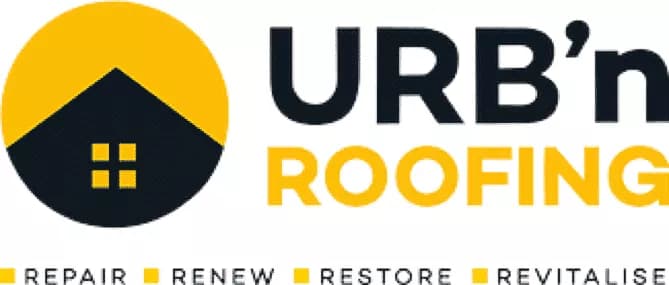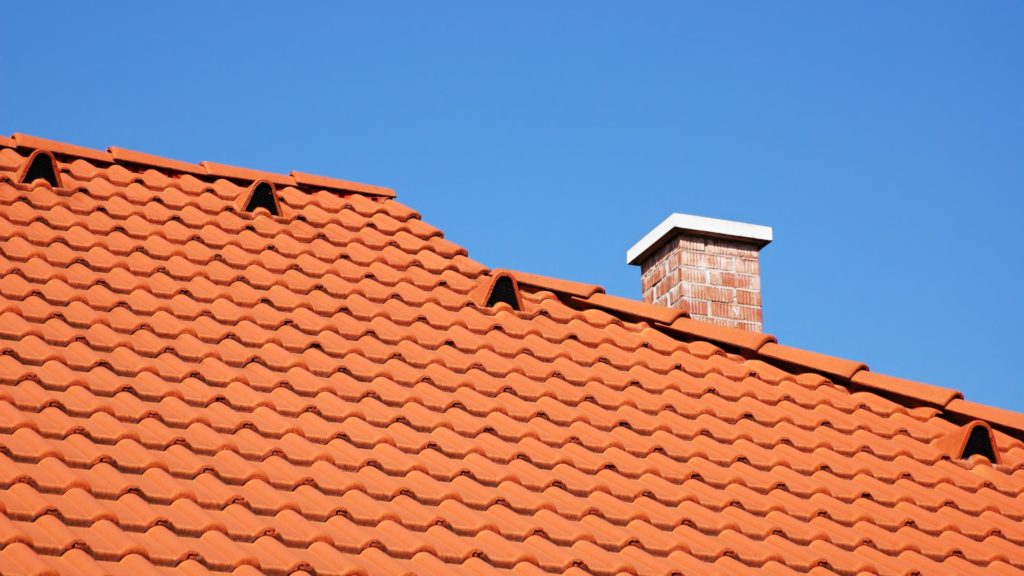The Sunshine Coast boasts beautiful beaches and sunshine; but these same features can make it a paradise and pose challenges for homeowners, when it comes to roof care. From salty coastal breezes to intense sunlight and seasonal storms, the local climate conditions can put significant stress on roofing materials.
You should understand how these factors affect your roof and what you can do about them. These insights will help you protect your home, preserve its value, and avoid expensive repairs down the line.
How does the Sunshine Coast Climate Impacts Roofing System work?
Humidity
The subtropical climate conditions in the Sunshine Coast bring high humidity levels for much of the year. Persistently moist air can cause several issues, like:
- Mould and Algae – Humidity can develop mould, mildew, and algae growth, particularly on shaded or north-facing roofs. They can stain surfaces and deteriorate roofing materials over time.
- Wood Rot – If you live in a home with wood components, continuous moisture can cause rotting and compromise structural integrity.
Salt Air
If you live near the coastline, it means your home is exposed to salty air and occasional sea spray. The salt air can:
- Corrode Metal – Roofs with metal sheeting, screws, or flashing are prone to corrosion. Rust can weaken metal, lead to leaks and eventually require complete replacement.
- Deteriorate Paint – Salt speeds up paint breakdown and makes regular repainting or coating essential for coastal properties.
Storms
The Sunshine Coast experiences seasonal storms, which often come with strong winds, torrential rain, and occasionally hail. The main causes are:
- Wind Damage – Strong gusts can lift roofing sheets, dislodge tiles, or send debris crashing onto your roof that can cause cracks or punctures.
- Leaks and Water Intrusion – Heavy rain can exploit tiny weaknesses, leading to significant leaks, water damage, or harmful mould growth inside ceilings.
- Blocked Gutters – Storms fill gutters with leaves and debris that can cause blockages and push water back under rooflines.
Intense UV Rays
Abundant sunshine brings in direct and persistent UV exposure that can:
- Fade Roofing Materials – Materials like asphalt, paint, and tile finishes can lose their beautiful colours and make roofs look aged well before their time.
- Brittle Materials – Prolonged UV exposure degrades certain materials, which leads to cracking, warping, or brittleness in older roofs.
How Do You Prevent Sunshine Coast Roofs?
Schedule Regular Inspections
Annual professional roof inspections are essential. Roofing professionals can identify early signs of corrosion, loose tiles, or sealant failures before they become larger issues.
Keep Gutters Clean
After stormy weather, you should clear out all leaves and debris. It’s better to clean gutters to prevent water backflow and reduce the risk of moisture-related damage.
Apply Protective Coatings
You can use roof coatings or sealants designed specifically for marine or high-UV environments. They can create a protective barrier against salt spray and sunlight that can boost your roof’s lifespan.
Trim Nearby Trees
Trees offer shade and can drop leaves and branches onto your roof. They can clog gutters and make damp spots. You should keep them well-trimmed to maintain airflow and sunlight exposure.
Address Repairs Promptly
You should never ignore small leaks, loose fasteners, or corroded spots. Quick roof repair in the Sunshine Coast can save you from much bigger expenses down the line.
Final Conclusion
The Sunshine Coast climate can be harsh on roofs, but with proactive maintenance and awareness, you can protect your investment for many years to come. Regular checks, cleaning routines, and professional help will ensure that your roof stands up to everything the climate has to offer, while allowing you to enjoy the local lifestyle, worry-free.
When seeking professional assistance with roof repair in Sunshine Coast, you should get in touch with URB’n Roofing Sunshine Coast at +61 402 438 317.



